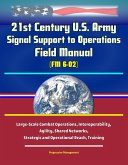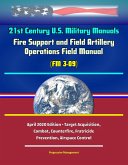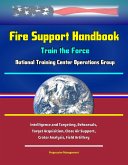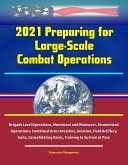From the earliest days of the republic to the present, Army civilians have been critical to the success of the total force, delivering "beans and bullets"; treating the sick and wounded; procuring and maintaining equipment and supplies; operating state-of-the-art technologies; managing posts, camps, and stations; and caring for families. Too often overlooked, these quiet professionals have always been a vital part of the Army profession. This short history is intended as a general overview of their important story. The careful reader will find two themes. One is the broad range of ways in which Army civilians have supported the service and the nation in war and peace. The other is the growth and maturationthe continued increase in professionalismof civilian employees that began to spread across the federal government in the early twentieth century and continues to this day. Today the Army possesses one of the most skilled, best-trained, and highly motivated groups of professionals in existence. In the words of the Army Civilian Corps Creed, the corps' role is to provide "stability and continuity" to the U.S. Army. This narrative was prepared by the Historical Support Branch, Histories Division, U.S. Army Center of Military History, so that Army civilians could better appreciate their place in the history of the service.
Since the Continental Congress first created an American army on 14 June 1775 at the outbreak of the American War of Independence (1775-1783), U.S. Army civilians have been central to the success of the service in peace and war. From those early days in the nation's history until the present, the Army has relied on its civilian employees to meet many critical needs. From clerks and wagon drivers to scientists and engineers, civilians have served the Army in a wide array of functions and jobssome of which, particularly in the twenty-first century, are specialized and require as much training and education as any profession in the world.
This compilation includes a reproduction of the 2019 Worldwide Threat Assessment of the U.S. Intelligence Community.
Dieser Download kann aus rechtlichen Gründen nur mit Rechnungsadresse in A, B, CY, CZ, D, DK, EW, E, FIN, F, GR, H, IRL, I, LT, L, LR, M, NL, PL, P, R, S, SLO, SK ausgeliefert werden.









